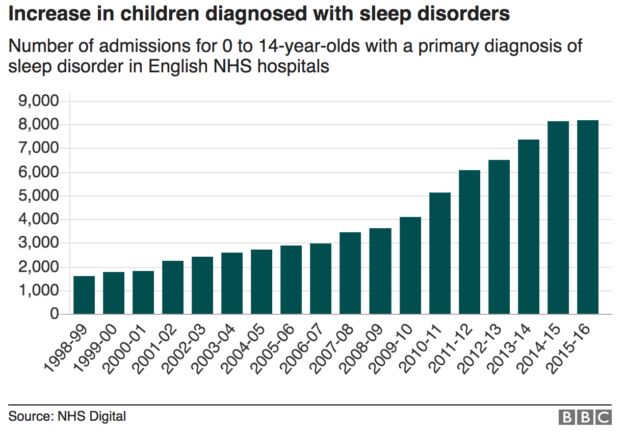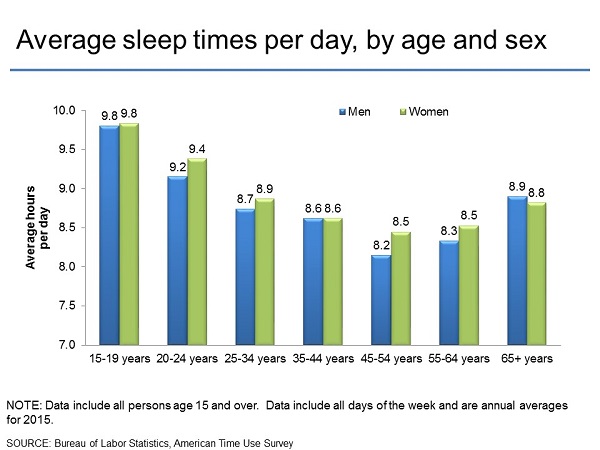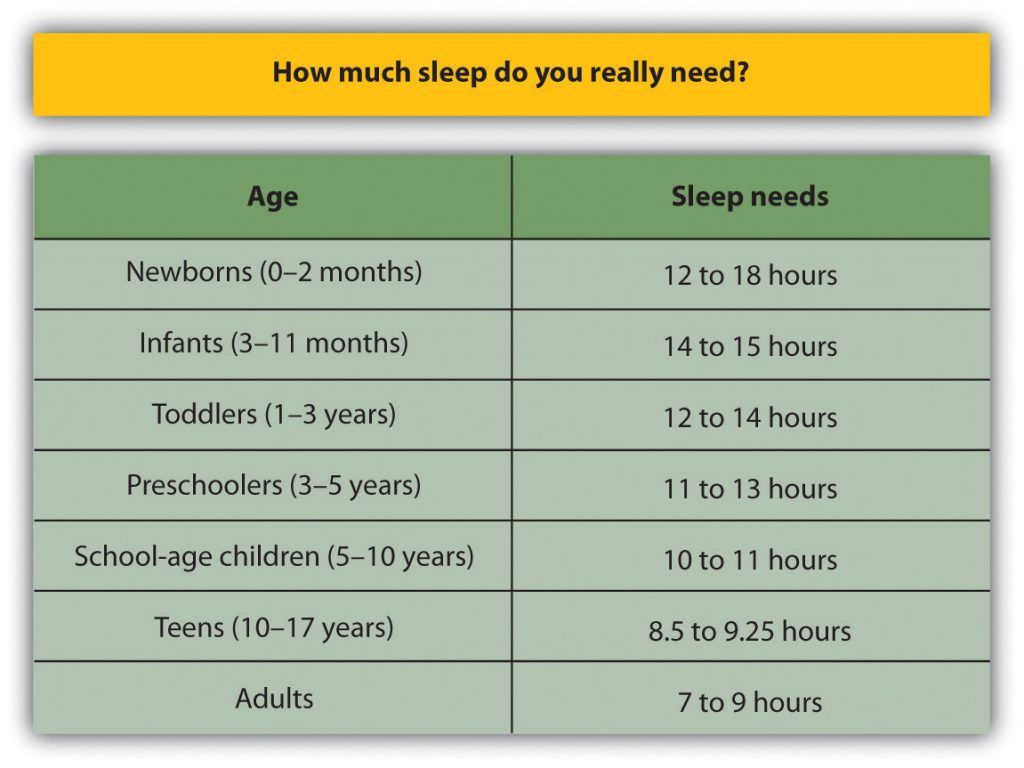
With an adequate night’s rest, the homeostatic drive for sleep is reduced, the circadian waking drive begins to increase, and the cycle starts over. However, this wake-promoting system begins to decline at bedtime, serving to enhance sleep consolidation as the need for sleep dissipates across the night ( Gillette and Abbott, 2005). Process C builds across the day, serving to counteract process S and promote wakefulness and alertness.

Process C is wake promoting and is regulated by the circadian system. The need for sleep (process S) accumulates across the day, peaks just before bedtime at night and dissipates throughout the night. Process S is the homeostatic drive for sleep. The sleep-wake system is thought to be regulated by the interplay of two major processes, one that promotes sleep (process S) and one that maintains wakefulness (process C) ( Gillette and Abbott, 2005). Similarly, the arousal response to respiratory resistance (for example, resistance in breathing in or out) is lowest in stage 3 and stage 4 sleep ( Douglas, 2005). The hypoxic ventilatory response is also lower in NREM sleep than during wakefulness and decreases further during REM sleep. The cough reflex, which normally reacts to irritants in the airway, is suppressed during REM and NREM sleep. More generally, ventilation and respiratory flow show less effective adaptive responses dur ing sleep.

Further, during REM sleep, there is reduced rib cage movement and increased upper airway resistance due to the loss of tone in the intercostals and upper airway muscles ( Parker and Dunbar, 2005). Several factors contribute to hypoventilation during NREM, and possibly REM, sleep such as reduced pharyngeal muscle tone ( Krieger, 2000 Simon et al., 2002). Ventilation data during REM sleep are somewhat unclear, but they suggest that hypoventilation (deficient ventilation of the lungs that results in reduction in the oxygen content or increase in the carbon dioxide content of the blood or both) occurs in a similar way as during NREM sleep ( NLM, 2006). Respiratory: Ventilation and respiratory flow change during sleep and become increasingly faster and more erratic, specifically during REM sleep ( Krieger, 2000 Simon et al., 2002). The chapter ends with a discussion about how sleep patterns change over an individual’s life span. Sleep and circadian-generating systems are also reviewed. This chapter provides an overview of basic sleep physiology and describes the characteristics of REM and NREM sleep. Although its function remains to be fully elucidated, sleep is a universal need of all higher life forms including humans, absence of which has serious physiological consequences. Humans spend about one-third of their lives asleep, yet most individuals know little about sleep. In addition, the sleep-wake system is thought to be regulated by the interplay of two major processes, one that promotes sleep and one that maintains wakefulness. Circadian rhythms, the daily rhythms in physiology and behavior, regulate the sleep-wake cycle.

Each has unique characteristics including variations in brain wave patterns, eye movements, and muscle tone. NREM sleep is divided into stages 1, 2, 3, and 4, representing a continuum of relative depth. There are two types of sleep, non-rapid eye movement ( NREM) sleep and rapid eye movement ( REM) sleep. Humans spend about one-third of their lives asleep. CHAPTER SUMMARY This chapter provides a brief overview of sleep physiology and how sleep patterns change over an individual’s life span.


 0 kommentar(er)
0 kommentar(er)
